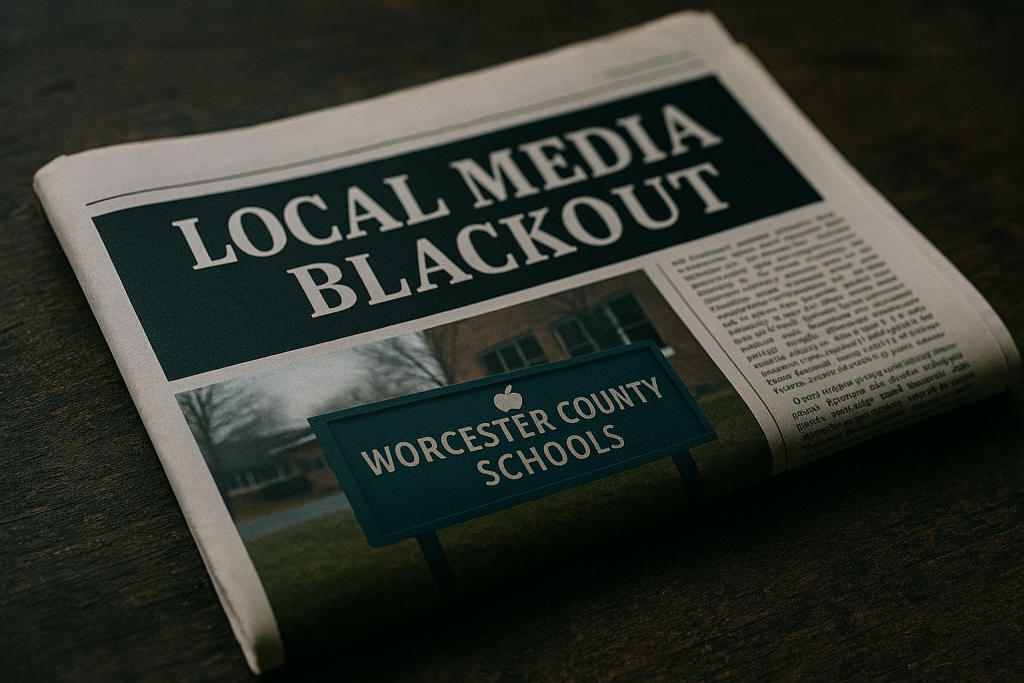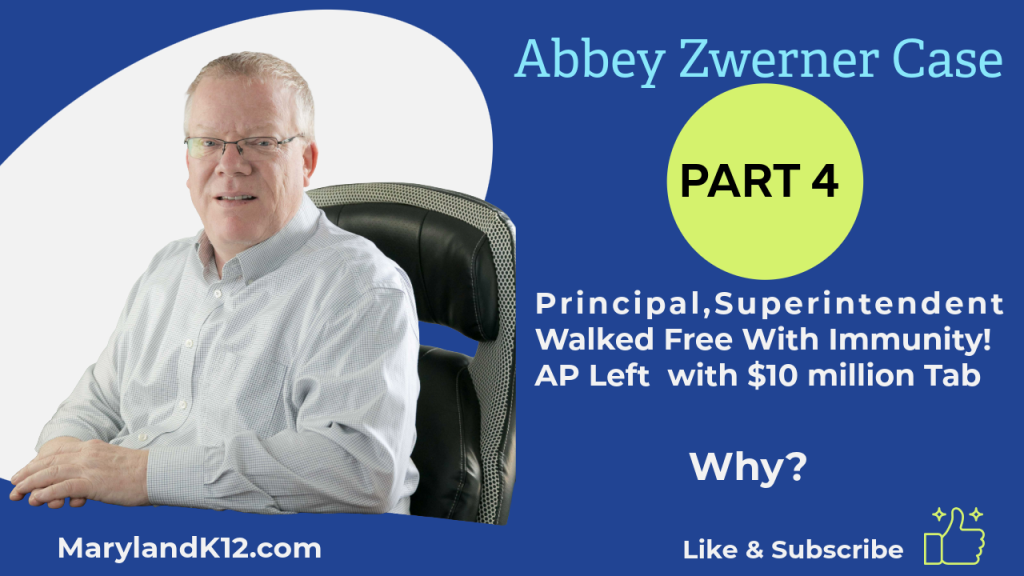
Why Public Schools Must Bolster Civics Instruction (Opinion)
The practice of democracy requires a citizenry that is educated and engaged. It acknowledges respectful disagreement as a form of collaboration that leads to better, more informed outcomes. To be high functioning, it demands broad participation, with the clear understanding that it is the voters who control their destiny, not those who are elected to represent them.
But of late, the active disenfranchisement of voters—especially our youngest participants—has stressed our democracy in deeply negative ways:
• Just over two months ago, a candidate for president began touting a policy proposal to raise the age of voting from 18 to 25. As readers may recall, the voting age was actually lowered in 1971 with the passage of the 26th amendment to the U.S. Constitution.
• In recent years—and especially since 2020—legislatures in a number of states have attempted to suppress voting by high school and college-age students. This has typically taken the form of invalidating the use of school IDs for registration or casting of ballots and elimination of campus polling places.
• Political mapmakers in both major political parties of most states have distorted their electorates into districts that resemble Rorschach tests, thereby disenfranchising voters and diluting democracy. In one Midwestern state, a nearly evenly divided electorate between the two parties nonetheless results in an enormous efficiency gap wherein a single party controls two-thirds of the legislative seats due to gerrymandering. The stakes are so high that legal challenges have gone all the way to the Supreme Court.
It’s no surprise that in the age of voter elections as a multibillion-dollar industry—and with a laserlike, technologically-driven focus on individual voters—that our youngest voters would be targeted as pawns in this illicit game.
Then there are the dismal voter-turnout statistics, which continue to have a negative nonrepresentative effect on outcomes, particularly at the local, regional, and state levels. Last year, the Carnegie Corporation of New York—which exists to increase voter engagement to strengthen democracy—commissioned a data journalist to identify and visualize gaps in voter turnout. The aggregated results were unsurprising and disheartening, as a study from Portland State University concluded that municipal election results were typically determined with the participation of less than 15 percent of registered voters, and an analysis by the National School Boards Association asserted that school board elections typically drew between 5 percent and 10 percent of registered voters.
This, despite the fact that general election turnout (federal) increased markedly in 2020, with more than 62 percent of people of voting age taking part. (But don’t get too excited: According to the Pew Research Center, the 2020 participation in the general election still ranked our country 31st of 50 developed nations, tightly wedged between Greece and Columbia).
Then there are state elections. In a recent publication, Stanford University’s Institute for Economic Policy Research (SIEPR) noted:
“American state legislatures oversee large and important areas of policy yet receive curiously little attention in the national conversation. This is starting to change. Many of the most important and most contentious issues in American politics lie squarely in the control of state legislatures, including pandemic management, health care, education, gun control, and abortion. Moreover, in the aftermath of the 2020 election, there is considerable alarm among bipartisan election administration experts that extremist state lawmakers are threatening to interfere with the administration of national elections.
But like federal elections, in which participation generally lags that of many other developed countries, SIEPR notes that “elections for state legislatures feature low rates of competition, low rates of campaigning, and low rates of voter information.”
The canary is screaming in the coal mine. Our public school students and recent graduates are confronted with a media landscape that is uneven and untrustworthy; a digital landscape that prioritizes everything and anything over substance; and active “media industry”efforts to prevent or corrupt their participation in the democratic process.
There is, in my mind, only one way to help stem this tide: Our public schools must continue to work to institute a much more fundamental program of civic awareness and engagement as a required component of instruction. Further, we must emphasize with our students the critical need for awareness of local, regional, and state issues, resulting outcomes, and the responsibility for voter advocacy and participation in elections.
An example comes to mind that was related to my work as the former superintendent of a school district that neighboring the one I now lead. For years—decades, in fact—New York state’s annual apportionment of “state aid” was deemed categorically unfair and, practically speaking, discriminatory. Advocacy groups were formed. Lawsuits were filed. Always, there were circumstances that “prevented” a full and fair funding of the state’s resources to its school districts. Meanwhile, local taxpayers and students in the aforementioned districts bore the greatest negative impacts of the state legislature’s fairness failure.
It took years of advocacy. It took the participation of students, families, educators, and community members to keep hacking away at the bogus excuses used to maintain an unlevel playing field.
But finally, it happened this past year. And my greatest takeaway is that people, especially students, saw what their participation could do. They saw that trips to Albany, N.Y., to lobby their legislators could have an impact. They saw that pressing the issue with an elected state representative who might be in office on the basis of only a few hundred votes cast could result in change.
That is why civics instruction in our public schools is so important. It is a catalyst for active participation, which has never been more sorely needed in the United States. Civics instruction helps students realize that their voices can matter, despite the forces aligned against them.
More broadly, civics instruction is one of our only tools to ensure that our public is fully and objectively informed, especially in an era in which disinformation tools and campaigns have become so powerful. Civics exists as a safeguard for our democracy. It helps students identify misinformation and how they are being manipulated. We can’t talk about media or digital literacy without talking about a more potent form of civics instruction.
As educators, we will have to be brave. In some states, the notion of creating a more intense civics program might very well be seen as indoctrination, as ludicrous as it sounds. That’s why we have to focus not on the issues but the structures of our local, regional, and state governments; the pathway to participation, which is a constitutional right; and the sources of reliable and factual information as instructional materials.
It is not an exaggeration to suggest that without connecting students to the importance of civic responsibilities, we are helping to doom democracy. And those who would suggest that our students are, in fact, learning about civics by being required to study U.S. history are throwing a head fake at the issue. Most of that instruction is focused on our federal government, not on the workings of local, regional, and state governments. None of it reflects the multiple crises we currently face: cultural polarization, active misinformation, voter suppression, foreign influence, and the financial chokehold on our most treasured principles.
Finally, let me suggest that as an educator, I believe the instructional component of civics is easier than it looks and hardly has to constitute an intrusion on other important subject-matter areas. In fact, I don’t even believe civics instruction has to be a yearlong effort. We hold elections throughout the year in the U.S., so what better time to surface these structures, pathways, and sources than when we are gearing up for voter contemplation and participation?
Ultimately, I believe this is both a moral and ethical issue for us as educators.
Dig Deeper With Our Longreads
Newsletter Sign up to get our best longform features, investigations, and thought-provoking essays, in your inbox every Sunday.
The MEN was founded by John Huber in the fall of 2020. It was founded to provide a platform for expert opinion and commentary on current issues that directly or indirectly affect education. All opinions are valued and accepted providing they are expressed in a professional manner. The Maryland Education Network consists of Blogs, Videos, and other interaction among the K-12 community.







